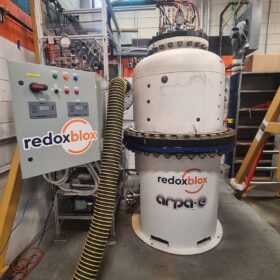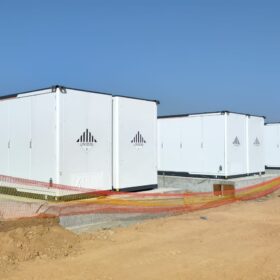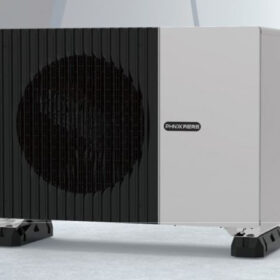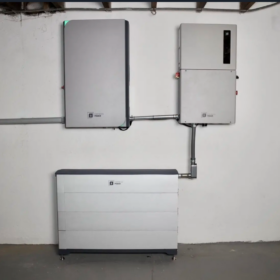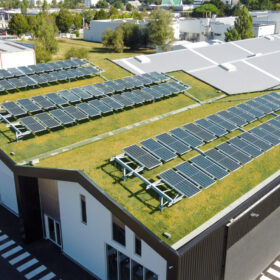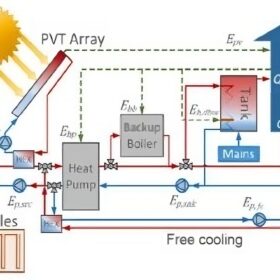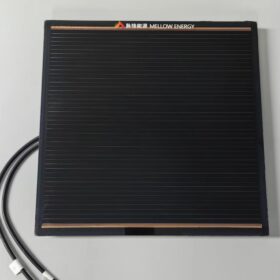Scalable thermochemical energy storage for renewable energy
US-based RedoxBlox has developed thermochemical energy storage (TCES) technology looking to replace natural gas heating for industrial sites and provide the lowest-cost, grid-scale storage.
Chinese PV Industry Brief: Stationary storage installations hit 21.5 GW in 2023
The Zhongguancun Energy Storage Industry and Technology Alliance (CNESA) says China installed 21.5 GW/46.6 GWh of stationary storage capacity in 2023.
Phnix releases residential air-to-water heat pump
The Chinese manufacturer said its new propane heat pump has a seasonal coefficient of performance exceeding 5.0.
World Bank moves forward with solar water scheme in Uganda
The World Bank has issued a tender for consultancy services for Uganda’s Electricity Access Scale-up Project (EASP). Backed by World Bank funding, EASP will oversee the deployment of 40 solar energy water supply schemes across the East African country.
Fortress Power debuts high-voltage, all-in-one residential battery
Fortress Power’s Avalon High Voltage Energy Storage System combines a hybrid inverter, high-voltage battery, and a smart energy panel in an all-in-one, whole-home backup system.
Dark December for northern Europe, sunny in the South
In a new weekly update for pv magazine, Solcast, a DNV company, reports that increased cloud led to solar assets in Northern Germany and the Netherlands receiving only 70% of normal irradiance in December. This cloud activity, however, did not make it below the Alps, and Southern Europe saw reduced rain and significantly less cloud than normal, with some regions experiencing 130% of the normal December irradiance.
French startup offers new solution for green solar rooftops
Vegetek has developed a “biosolar” roof solution for new and existing buildings. It combines the benefits of greenery and solar panels.
IEA warns of Australian rooftop PV slowdown amid high costs, grid issues
The International Energy Agency (IEA) says the rollout of rooftop solar in Australia will drop off “faster than anticipated,” with grid integration challenges and saturation of the power system contributing to a revision of expectations for renewable energy growth.
Hybridizing residential ground source heat pumps with PVT, free cooling
Researchers in Sweden sought to raise the efficiency of ground source heat pumps by combining their operation with that of PVT systems and free cooling. Through a series of simulations, they found that this integrated solution may reduce borehole length and land area requirements.
Perovskite solar module based on new interconnection tech achieves 21.37% efficiency
Chinese solar perovskite specialist Mellow Energy and the Jinan University developed a new manufacturing process for perovskite solar modules that enables the formation of a protective layer at the interface between the perovskite absorber and the electron transport layer. This prevents the effusion of volatile components from the perovksite film.
